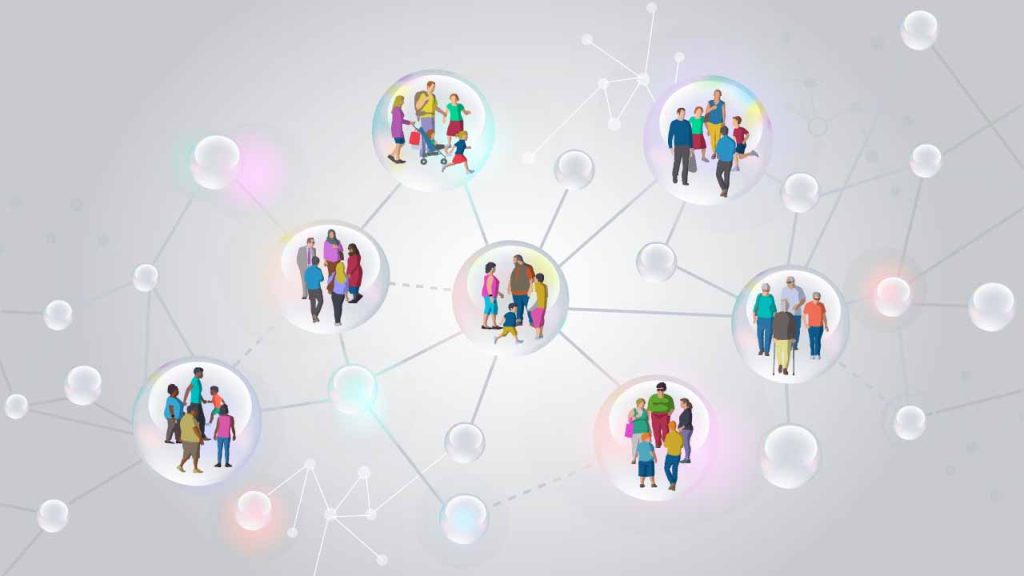Pandemic Data Management and Surveillance
In order to predict and monitor pandemics, proper surveillance tools must be used to aid public health officials and healthcare facilities in mitigating pandemics and their associated clinical, operational, and financial impacts. This page contains evidence-based recommendations, tools, and software from the Centers for Disease Control and Prevention and other clinical organizations that will guide pandemic preparedness across the healthcare continuum of care. Access to real-time and high quality surveillance data can be particularly useful with stopping pandemics in their tracks and also will aid the public health response efforts associated with any pandemic.
CDC Community Flu 2.0
CommunityFlu is a software program that simulates the spread of influenza through a model community, and the impact of a variety of potential interventions (e.g., vaccinations, school closings, wearing of face masks, patient and household isolation/self-quarantine). CommunityFlu also calculates the cost, in terms of workdays lost, of influenza and the associated interventions.

CDC FluAid 2.0
FluAid is a test version of software created by programmers at the Centers for Disease Control and Prevention (CDC). It is designed to assist state and local level planners in preparing for the next influenza pandemic by providing estimates of potential impact specific to their locality.

CDC FluSurge 2.0
FluSurge is a spreadsheet-based model which provides hospital administrators and public health officials estimates of the surge in demand for hospital-based services during the next influenza pandemic.

CDC FluWorkLoss 1.0
FluWorkLoss estimates the potential number of days lost from work due to an influenza pandemic. Users can change almost any input value, such as the number of workdays assumed lost when a worker becomes ill or the number of workdays lost due to a worker staying home to care for a family member.

PanVAX Tool for Pandemic Vaccination Planning
The PanVAX tool is a Microsoft Excel-based instrument that guides jurisdictional planning and outreach efforts during preparedness activities. The tool helps local planners understand how their vaccine providers (i.e., pharmacies, clinics, hospitals, employers, schools, points of dispensing) might contribute to the community’s vaccination response during a severe pandemic.

Emergency Responder Health Monitoring and Surveillance
The Emergency Responder Health Monitoring and Surveillance™ (ERHMSTM) framework provides recommendations for protecting emergency responders during small and large emergencies in any setting. It is for use by all who are involved in the deployment and protection of emergency responders, including: incident command staff, response organization leadership, health, safety and medical personnel, and emergency responders.

MedCon
The MedCon:Pre-Event tool is designed to estimate the baseline medical care requirements (per 100,000 unit of population) following a disaster due to terrorism or natural phenomenon. The tool helps to estimate the number of persons that would require medical care following a disaster for a displaced population with pre-existing medical conditions.

Epi-X
CDC’s Epidemic Information Exchange (Epi-X) is a secure, web-based network that serves as a powerful information exchange. It connects public health professionals involved in identifying, investigating, and responding to public health threats.

Public Health Assessment and Surveillance Tools
The Division of Environmental Hazards and Health Effects, Health Studies Branch (DEHHE/HSB) at the Centers for Disease Control and Prevention (CDC) has developed the Community Assessment for Public Health Emergency Response (CASPER) toolkit to assist personnel from any local, regional, state, or federal public health departments in conducting the CASPER during disaster.

Cities Readiness Initiative
The Strategic National Stockpile (SNS) is part of the federal medical response infrastructure and can supplement medical countermeasures needed by states, tribal nations, territories and the largest metropolitan areas during public health emergencies. The supplies, medicines, and devices for lifesaving care contained in the stockpile can be used as a short- term, stopgap buffer when the immediate supply of these materials may not be available or sufficient.

EMAC
The Emergency Management Assistance Compact (EMAC) is an interstate mutual aid agreement that provides a mechanism for sharing personnel, equipment and resources among states during emergencies and disasters.

CDC Health Alert Network
CDC’s Health Alert Network (HAN) is CDC’s primary method of sharing cleared information about urgent public health incidents with public information officers; federal, state, territorial, tribal, and local public health practitioners; clinicians; and public health laboratories.

Clinician Outreach and Communication Activity
COCA prepares clinicians to respond to emerging health threats and public health emergencies by communicating relevant, timely information related to disease outbreaks, disasters, terrorism events, and other health alerts.


















